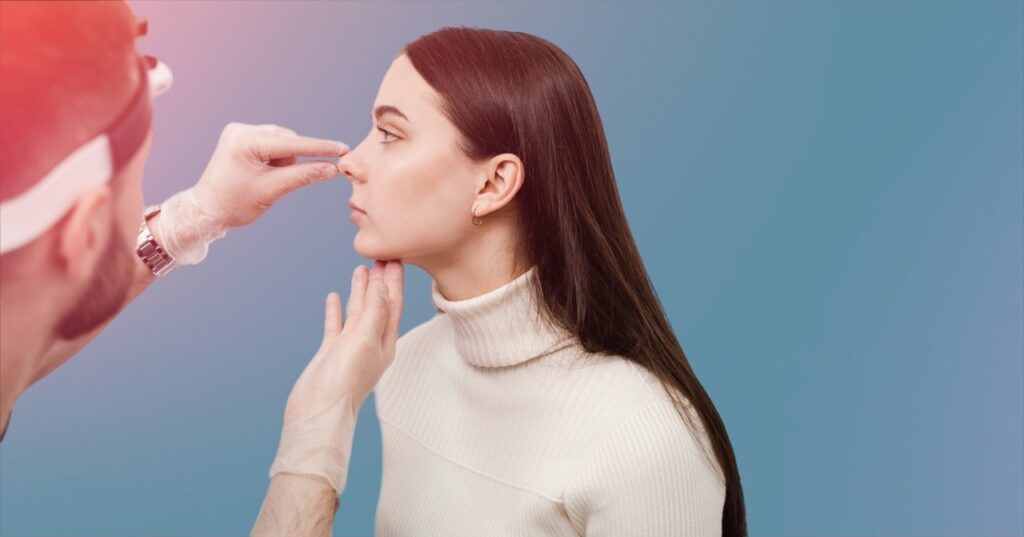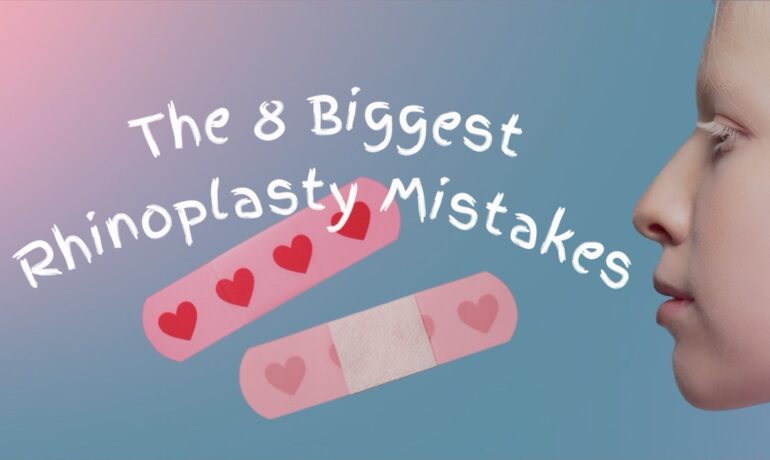Rhinoplasty, or a nose job as it’s commonly known, stands as one of the most sought-after cosmetic procedures worldwide. While it has the power to transform and enhance facial harmony, navigating the journey to a successful rhinoplasty can be fraught with potential pitfalls. Awareness and education are key to avoiding common mistakes. Here, we outline the seven biggest rhinoplasty mistakes and provide expert advice on how to sidestep them, ensuring a smoother path to your desired outcome.
1. Choosing the Wrong Surgeon
The Mistake: Opting for a surgeon based solely on cost or convenience, without thorough research on their qualifications, experience, and specialized expertise in rhinoplasty.
How to Avoid: Ensure your surgeon is board-certified in plastic surgery or otolaryngology (ENT) with a focus on facial procedures. Look for someone with a proven track record in rhinoplasty, positive patient testimonials, and before-and-after portfolios that resonate with your aesthetic goals.

2. Having Unrealistic Expectations on Rhinoplasty
The Mistake: Expecting your nose job to completely transform your life or make you look like a specific celebrity. Rhinoplasty can enhance your appearance and confidence but within the realms of your natural anatomy.
How to Avoid: Have a candid discussion with your surgeon about what is realistically achievable. Utilize 3D imaging technology, if available, to get a preview of potential outcomes tailored to your unique facial structure.
3. Neglecting the Functional Aspect of Rhinoplasty
The Mistake: Focusing solely on the cosmetic outcome without considering the functional implications, such as breathing, which could lead to complications post-surgery.
How to Avoid: Communicate any breathing issues to your surgeon during the consultation. A comprehensive approach should address both aesthetic desires and functional needs to ensure a harmonious result.
4. Ignoring Rhinoplasty Post-Op Instructions
The Mistake: Underestimating the importance of following the surgeon’s post-operative care instructions, which can lead to complications or suboptimal healing.
How to Avoid: Adhere strictly to your surgeon’s recovery guidelines, including activity restrictions, medication schedules, and follow-up appointments. Remember, the recovery process is as crucial as the surgery itself for achieving the best results.
5. Seeking Perfection in Rhinoplasty
The Mistake: Aiming for a “perfect” nose rather than a natural, harmonious outcome that complements your overall facial features can lead to disappointment and potential revision surgeries.
How to Avoid: Embrace the concept of improvement rather than perfection. Discuss with your surgeon how the changes will enhance your natural beauty and contribute to facial balance.
6. Overlooking the Emotional Impact
The Mistake: Underestimating the psychological and emotional adjustments that accompany a significant change in appearance.
How to Avoid: Prepare mentally for the change and the recovery process. Consider counseling or support groups if you’re feeling anxious or have concerns about your self-image post-surgery.
7. Rushing into Rhinoplasty Surgery
The Mistake: Making a hasty decision to undergo rhinoplasty without adequate research, consideration of the risks and benefits, or exploring all your options.
How to Avoid: Take your time to understand the procedure, the recovery, and the long-term implications. Consult with multiple surgeons if necessary, and don’t proceed until you feel confident and informed about your decision.

8. Disregarding the Importance of Aftercare and Follow-Up
The Mistake: Overlooking the significance of post-operative aftercare and follow-up appointments is a critical error that can affect the outcome of your rhinoplasty. Some patients, feeling well and excited about their results, may skip these crucial steps, risking complications or misunderstanding the normal healing process.
How to Avoid: Prioritize Post-Op Appointments: These sessions allow your surgeon to monitor your healing process, identify any issues early, and ensure that your recovery is on track. Skipping them could mean overlooking potential complications.
Follow Aftercare Religiously:
Aftercare isn’t just about taking prescribed medications. It includes sleeping positions, avoiding certain activities, and applying or refraining from applying certain products to the surgical area. These guidelines are designed to reduce swelling, prevent infection, and ensure optimal healing.
Stay in Touch:
Keep open lines of communication with your surgeon. If you notice anything unusual or have concerns during your recovery, reaching out promptly can make a significant difference in your outcome.
Extending the Conversation: Lifestyle and Recovery
Beyond the surgery itself and the immediate post-op period, your lifestyle plays a crucial role in the success of your rhinoplasty. From nutrition to physical activity, understanding how your daily habits can impact your healing and results is crucial.

- Nutrition: A well-balanced diet rich in vitamins and minerals can support your body’s healing process. Foods high in vitamin C, zinc, and protein can promote tissue repair and reduce recovery time.
- Physical Activity: While light walking is encouraged to promote circulation, strenuous activities should be avoided for the initial weeks post-surgery to prevent increased swelling or bleeding.
- Sun Exposure: Protecting your nose from the sun is crucial during the healing process. Sunburn can cause increased swelling and may even lead to permanent discoloration. Use a high-SPF sunscreen and wear hats when outdoors.
Professional Insights and Fun Facts About Rhinoplasty
Did You Know? The first recorded rhinoplasty procedure dates back to ancient Egypt around 3000 B.C., but the techniques used today have advanced light-years from those early methods.
A Pro Tip: Communication with your surgeon is key. A visual representation of your desired outcome, such as photos or digital simulations, can greatly aid in aligning your expectations with what is surgically achievable.
Statistics to Ponder: According to the American Society of Plastic Surgeons, rhinoplasty remains one of the top five cosmetic surgical procedures in the United States, with hundreds of thousands of procedures performed annually.
Rhinoplasty is a journey that extends far beyond the surgery itself. By being aware of and actively avoiding these eight common mistakes, you’re setting the stage for a successful transformation that meets your aesthetic and functional goals. Remember, the decision to undergo rhinoplasty is a significant one, and the key to a satisfying outcome lies in thorough preparation, realistic expectations, and a commitment to follow through with recommended aftercare and lifestyle adjustments. With the right approach, your rhinoplasty can be a positive, life-changing experience.
- Navigating Rhinoplasty Choices: Finding the Perfect Fit for Your Nose - March 13, 2024
- The Journey to Recovery After Rhinoplasty - March 3, 2024
- Rhinoplasty’s Psychological Benefits: Boosting Confidence and Self-Esteem - February 29, 2024


